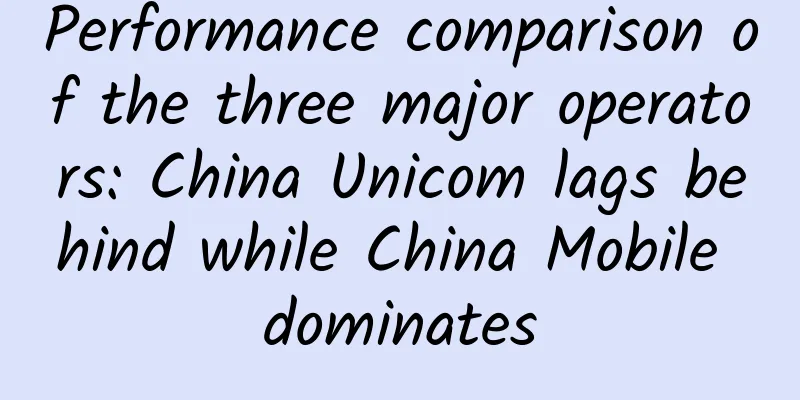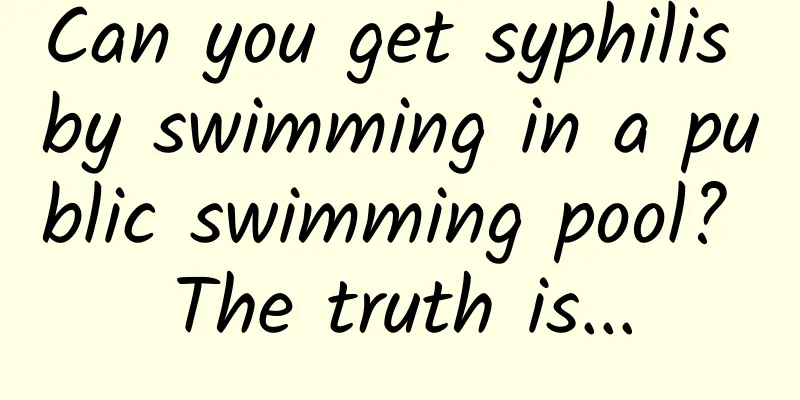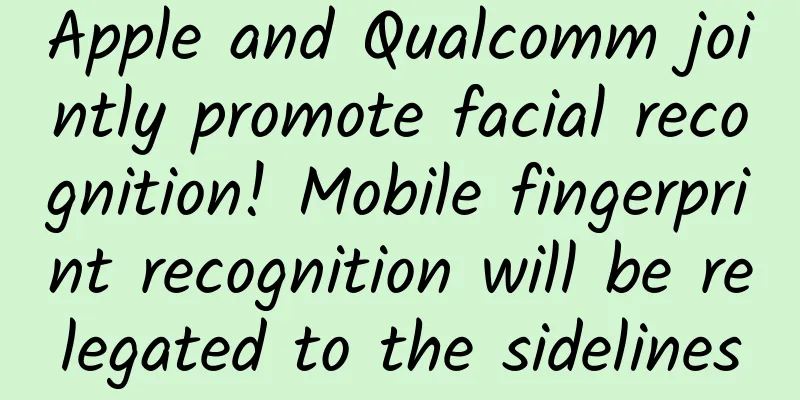How to operate and plan an offline event?

|
I participated in a two-day and one-night offline event last weekend, which created a good user experience both in process design and user experience. Below I will analyze the three important factors that contribute to the popularity of an event from three aspects, which are also the three major skills that event operators can learn. 1. Build momentumIn essence, hype creation is a superficial layer, which is mainly used to highlight a person or a thing and make users feel "wow". The core keyword is: unexpected surprise. In this event, the biggest hype was prepared for the sharing guests, which was mainly reflected in two aspects: the T-shaped stage and the guests' entrance. T-shaped stage: The stage is very large, forming a T shape. The sharing guests start at the intersection, walk around from time to time, and interact with the audience. The stage is more than 1 meter high and about 10 meters long horizontally and vertically, and is covered with red carpet; the two different sharing guests created completely different atmospheres.
In a live event, the importance of “creating momentum” is highlighted. How can sharing guests differentiate themselves from ordinary audiences? How can the sharing guest become the key person that everyone pays attention to? There are more than 200 people at the event. How to successfully attract their attention? "Creating momentum" is very common in the operation process. The main technique is "differentiation". The goal is to arouse the user's "curiosity" and guide the user to achieve "specific goals." 2. Sense of participationThere are more than 200 people at the event. How can we get them to fully participate and create a sense of interaction and stickiness? When Xiaomi was first founded, it relied on its die-hard fans and continuously established positive interactions with them. It not only allows users to participate in the optimization of Xiaomi products, but also allows them to participate in the development and changes of Xiaomi. How important is “user engagement”?
In this event, the sense of participation was mainly reflected in: frequent interactions, not neglecting the feelings of each individual, and allowing the audience to have a "sense of ownership." Not being isolated from the group is the appeal of every individual. How can we make more than 200 people feel a strong sense of participation? The practice on site is that each small body team has official service staff who listen to the lectures and provide services with the audience, while guiding them to interact; during the interaction, the guests walk off the scene and constantly motivate each individual and team; from time to time, audience members are randomly selected to go on stage. When going on stage, almost everyone is rushing to go up, which is inseparable from the atmosphere on the scene and the guidance of the guests. The "sense of participation" brings the audience a strong sense of honor and being noticed. Not only that, it also creates a strong sense of connection with the event site.
3. User IncentivesHow can we prevent users from feeling aesthetic fatigue or burnout and keep them "passionate" for two days and one night? At this point, "user motivation" and " instant feedback" are indispensable. User incentives adopt a "points system". The top three in points can receive a certain amount of reward funds, and at the same time influence the top three people in the event. The more points they have, the more incentives they will receive. The means to obtain more points is "feedback". The audience can feed back what they have learned to everyone in the form of a WeChat group, and the audience can interact with the guests on stage in a timely manner. Not only does the audience give feedback to the guests, but also the official staff of each small team give feedback to the audience, as well as the feedback shared by the guests to the audience, and the feedback between the audience. The satisfaction brought by "instant feedback" allowed more than 200 audience members to maintain their passion throughout two days and one night. User motivation tells the audience that individuals influence the group, and that individual performance will bring a sense of honor to the group. Moreover, the method of user motivation is extremely simple, and at the same time, all that users have learned can be reflected. Instant feedback tells the audience that everything you learn can be used immediately, and what you learn is valuable and usable. From the above three major techniques, there are the following conclusions:
A good operation activity cannot just appear to be "extremely popular" on the surface; lasting combat effectiveness is more important. The influence is short-lived, and the cheers within the "besieged city" may not remain the same outside the "besieged city". To determine whether an event is good enough, it is not only about whether it brings an experience beyond expectations, but more importantly, whether it truly creates value. All the techniques are routines, and their functions are just icing on the cake. If the content is not exciting enough and there is no core content as a foundation, no matter how good the routine is, it can only be "maintained". The key words are content + sincerity. Source: |
<<: Relearn data structures and algorithms
Recommend
How does Xiaohongshu implement its operational strategy?
It started out as a social platform and later dev...
FCA recalls 1.33 million vehicles worldwide due to potential airbag and generator problems
According to foreign media reports, on July 14th ...
Summary and conclusion of Apple Store and Google Play app releases!
App release has become a crucial part of the prod...
up to date! An inventory of the characteristics of channels such as Tik Tok, Tencent, and Weibo!
“How do I optimize my account?” “How to solve the...
Cook: Apple Watch must be as irreplaceable as iPhone
[[127747]] Apple CEO Tim Cook attended the Goldma...
Where are all the molybdenum mines in China?
As a research institute with a "mine at home...
National pig production recovered steadily in January! How much does pork cost per pound now?
As the epidemic is at a critical stage, breeders ...
Learn visual language with Hollywood animation masters 2020 [average image quality]
Learn visual language with Hollywood animation ma...
New research shows that skipping dinner is good for you. Who is not suitable for this diet?
Recently, it has been widely circulated in the ci...
The most nutritious way to cook soy products, have you tried it at home?
Many friends ask: I know soy products are nutriti...
5-day learning plan of ancient beauty exercises, 5 minutes a day to remove wrinkles, lighten spots and fight aging
Every woman wants to be younger than her peers Sk...
「User acquisition」The core of new product user growth
When it comes to growth, the first thing that com...
How to analyze retention data and reduce user churn?
As we enter the second half of the Internet era, ...
Shaoshan SEO training: sharing of website analysis and diagnosis solutions
1. Basic Information of the Website 1. Website do...









